Ovalbumin (OVA) is widely used as an antigen for studying the IgE-mediated allergic reaction in mice. Chondrex, Inc. provides mouse anti-OVA IgE, IgA, IgM and IgG monoclonal antibodies for the studies.
Allergenic IgE Monoclonal Antibodies
| Product | In Vitro Application | In Vivo Application | Quantity | Catalog # | Price (USD) | |
|---|---|---|---|---|---|---|
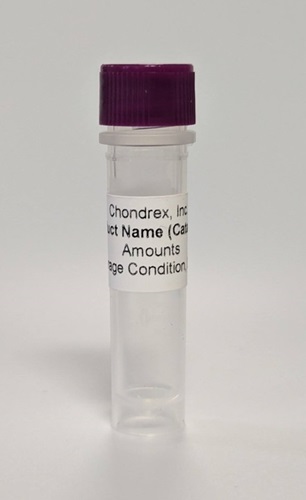 |
Mouse Anti OVA Monoclonal IgE Antibody E-C1 | Hyper-Sensitivity Reaction | 1 mg, lyophilized | 3006 | 917.00 | |
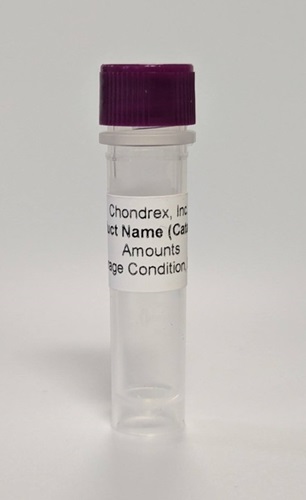 |
Mouse Anti OVA Monoclonal IgG1 Antibody L71 | No | 1 mg, lyophilized | 3008 | 460.00 | |
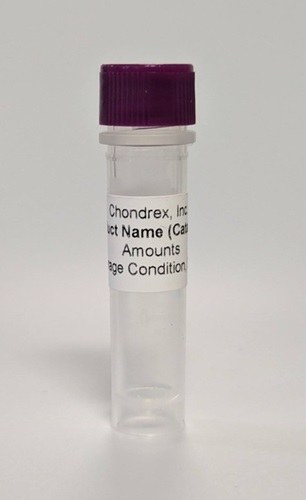 |
Mouse Anti-OVA Monoclonal IgE Antibody E-G5 | No | 1 mg, lyophilized | 3007 | 460.00 |
Anti-Ovalbumin Antibodies
| Product | Quantity | Catalog # | Price (USD) | |
|---|---|---|---|---|
 |
Mouse Anti-Ovalbumin IgA Monoclonal Antibody, Clone 2G12E12 | 1 mg/ml x 0.1 ml | 7090 | 253.00 |
 |
Mouse Anti-Ovalbumin IgE Monoclonal Antibody, Clone E-C1 | 1 mg/ml x 0.1 ml | 7091 | 253.00 |
 |
Mouse Anti-Ovalbumin IgE Monoclonal Antibody, Clone E-G5 | 1 mg/ml x 0.1 ml | 7092 | 253.00 |
 |
Mouse Anti-Ovalbumin IgG1 Monoclonal Antibody, Clone 2322 | 1 mg/ml x 0.1 ml | 7094 | 253.00 |
 |
Mouse Anti-Ovalbumin IgG1 Monoclonal Antibody, Clone L71 | 1 mg/ml x 0.1 ml | 7093 | 253.00 |
 |
Mouse Anti-Ovalbumin IgG2a Monoclonal Antibody, Clone M12E4D5 | 1 mg/ml x 0.1 ml | 7095 | 253.00 |
 |
Mouse Anti-Ovalbumin IgG2b Monoclonal antibody, Clone 4B4E6 | 1 mg/ml x 0.1 ml | 7096 | 253.00 |
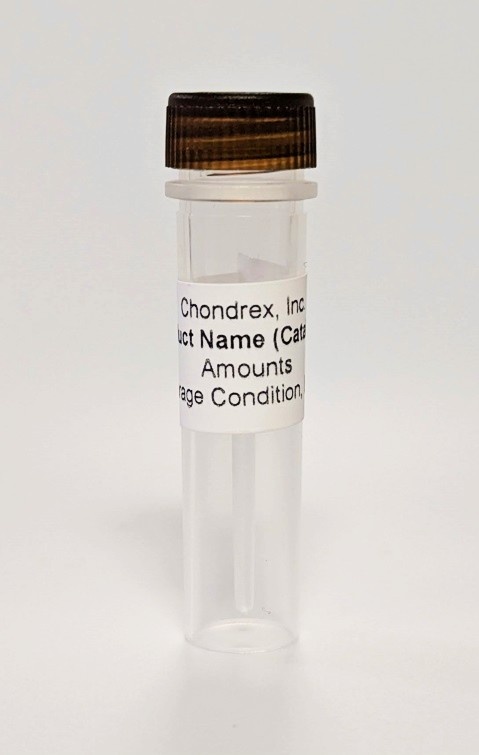 |
Mouse Anti-Ovalbumin IgG2c Monoclonal Antibody, Clone 3E3A9 | 1 mg/ml x 0.1 ml | 7109 | 253.00 |
 |
Mouse Anti-Ovalbumin IgM Monoclonal Antibody, Clone 2H11A8 | 1 mg/ml x 0.1 ml | 7097 | 253.00 |
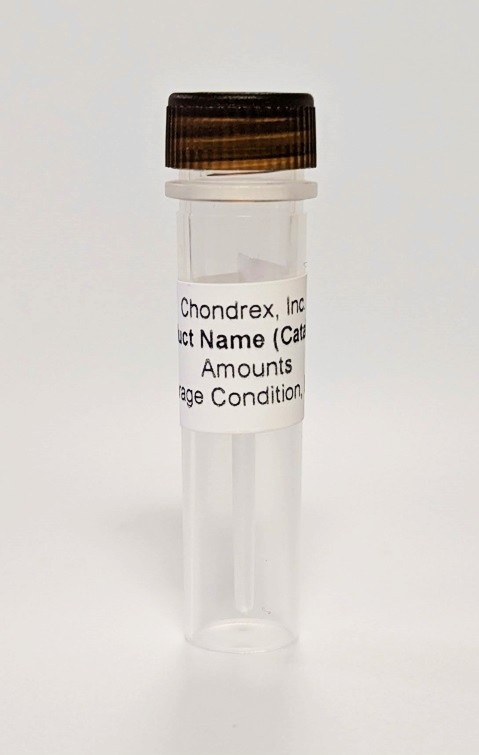 |
Mouse IgE Monoclonal Antibody, Isotype Control, Clone 2A101A12 | 1 mg/ml x 0.5 ml | 7129 | 358.00 |
Allergenic and Non-Allergenic Antibodies
In general, the cross-linkage of two adjacent IgE antibody molecules, which are attached to IgE receptors on mast cells by a polyvalent allergen, is required to trigger degranulation (also known as activation) of mast cells (Figure 1a). Alternatively, IgG antibodies to an allergen can also trigger the degranulation of mast cells by forming cross-linkage of the allergen molecules captured by IgE antibodies on mast cells (Figure 1b).

Figure 1 - Two mechanisms of mast cell-bound IgE cross-linking. a) Cross-linkage by a single allergen and b) Cross-linkage by a single IgG antibody to two allergen molecules. Mouse IgE monoclonal antibody, Clone E-C1, is capable of inducing degranulation of mast cells in vitro (Figure 2a and 2b) and severe hypersensitivity in vivo (Figure 3), suggesting that clone E-C1 might recognize the repetitive epitopes of OVA. Furthermore, it has been reported that aggregated OVA carrying multiple epitopes increases the formation of cross-linkage of IgE molecules on mast cell surfaces. On the other hand, Clone E-G5 is not capable of inducing these allergic reactions in vitro or in vivo (Figures 1a, 1b, and 2), and can be used as a control.

Figure 2 - Degranulation of mast cells by monoclonal IgE antibody a) Comparison of E-C1 and E-G5 and b) Dose response of E-C1.

Figure 3 - Foot pad hypersensitivity reaction induced by E-C1 in Balb/c mice.